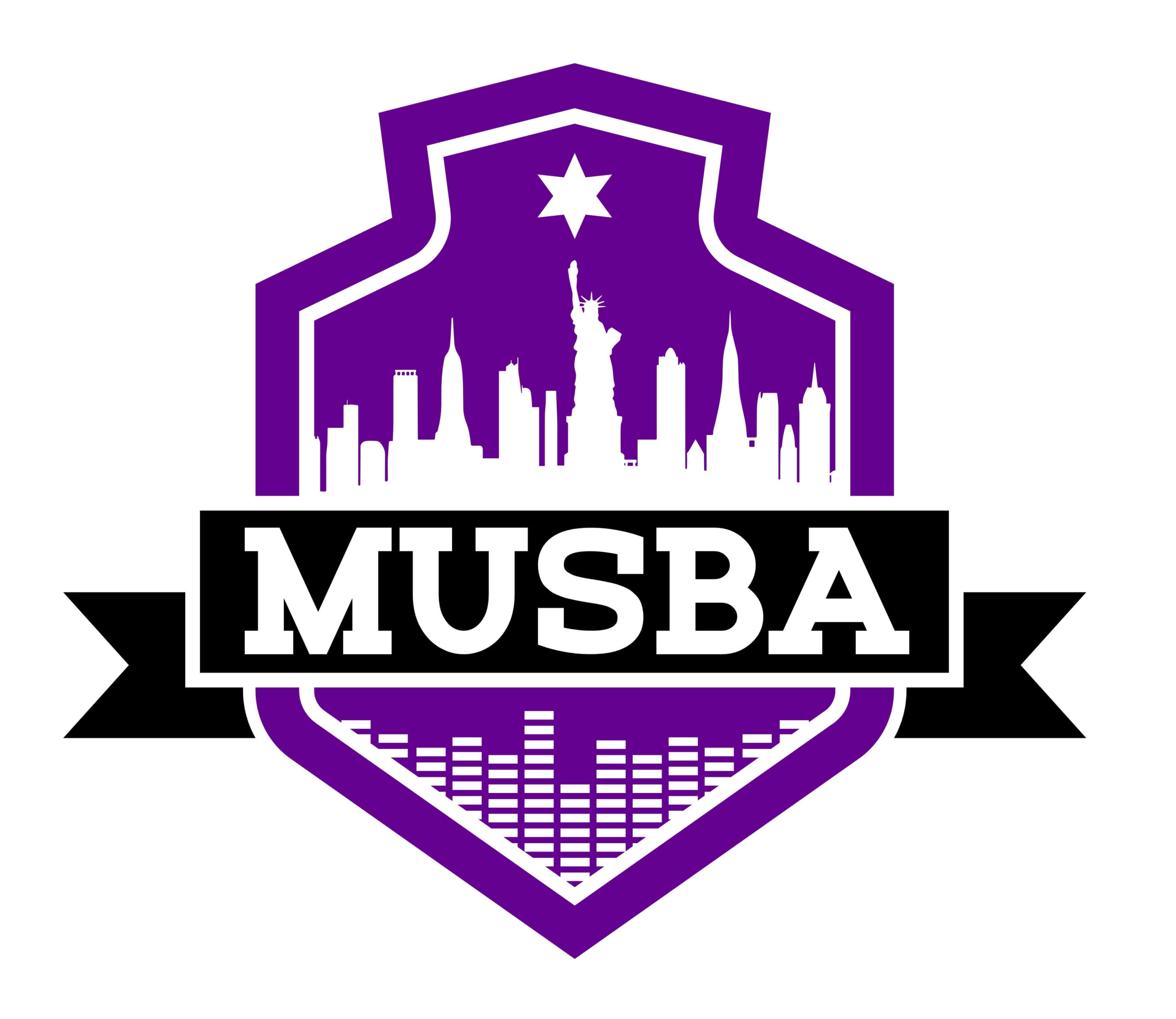Halfway through 2024, a name that was once familiar only to a small, queer audience—cultivated through social media and opening gigs—skyrocketed into mainstream attention. The unprecedented success of pop singer-songwriter and drag queen Chappell Roan became a widely reported phenomenon as she dominated major music festivals, drawing record-breaking crowds to her daytime, non-headlining sets. Roan’s explicitly queer anthems resonated deeply with LGBTQ+ fans thanks to their bold lyrics and extravagant, drag-inspired visuals—something a mainstream artist hasn’t so unabashedly embraced since the likes of Lady Gaga.
However, the influence of the queer audience in elevating artists into the mainstream and supporting their success has been evident time and again. Since the emergence of queer ballroom and disco spaces in the early 1970s, this audience has played a crucial role in championing pop artists. Mainstream pop icons like Madonna, Janet Jackson, Whitney Houston, and Cher became central to queer disco scenes during the 70s and 80s, receiving widespread support from LGBTQ+ crowds. The 2000s witnessed a rise in the visibility of queer artists and audiences, with figures such as Lady Gaga, Britney Spears, and Beyoncé openly advocating for the LGBTQ+ community, while nurturing their devoted, queer fanbases. Although the past decade has seen more visible expressions of queerness and allyship among artists, it has become increasingly common for artists to connect with the queer audience, regardless of their own LGBTQ+ identity.
The question is whether certain artists would have achieved the same level of success without marketing to the queer audience. In 2022, in collaboration with Billboard and Queer Capita, Luminate published its first LGBTQ+ music data analysis report. They discovered that LGBTQ+ audiences are more likely to financially support their favorite artists, spending more on physical music, merchandise, and concert tickets.
“LGBTQ+ individuals listen to music on vinyl 24% more than the average consumer, with LGBTQ+ members of Gen Z listening to 78% more music on vinyl each month, no doubt fueling the boom that led to one in every three albums sold in the U.S. last year being a vinyl LP,” states Billboard editorial director Hannah Karp. LGBTQ+ listeners spend 18% more on artist merchandise and 15% more on concerts compared to the general public. These statistics highlight the significance and influence of the queer audience in music consumption.
In the 2022 report, Luminate found that J Balvin had the most concentrated queer fanbase, with 29% identifying as LGBTQ+. Other non-LGBTQ+ acts, such as Charli XCX and Lana Del Rey, also retained at least 25%. Four of the largest female hip-hop artists—Cardi B, Nicki Minaj, Megan Thee Stallion, and Saweetie—saw similar statistics. Notably, 34% of LGBTQ+ respondents reported listening to pop music weekly, making them 17% more likely to engage with pop music and the Top 40 than the average respondent. About half of the 16 artists with the largest queer fan bases were pop singers.
While artists like Taylor Swift did not start their careers with a large queer following, many of the biggest pop icons of the 2010s, including Beyoncé, Lady Gaga, Rihanna, Ariana Grande, and Katy Perry have always seemed to resonate with queer audiences. In recent years, mainstream queer artists like Chappell Roan, Lil Nas X, Megan Thee Stallion, Reneé Rapp, Troye Sivan, and boygenius have increasingly embraced explicit queer themes in their music, visuals, and marketing, making LGBTQ+ representation a core part of their artistic identity. This trend has also reached artists who are not openly queer, such as Charli XCX, Sabrina Carpenter, Harry Styles, and even Taylor Swift and Beyoncé, who have incorporated queer themes into their music and marketing. These artists have substantial queer followings, suggesting they have opted to engage these communities, showcasing their allyship in queer conversations, and by including elements of queer culture in their lyrics and campaigns.
The conversation surrounding the concept of “queer-baiting” — where artists imply they are part of the LGBTQ+ community without genuinely, or at least openly, identifying as such — has become a significant topic of discussion in recent years. Many queer fans do not appreciate artists exploiting the LGBTQ+ community if they do not identify as queer, while others value that some of the most popular artists use their platform to elevate LGBTQ+ voices.
The LGBTQ+ artist visibility has grown remarkably in recent years. Luminate’s 2021 report revealed that only 5% of the 100 most-played artists globally identified as LGBTQ+. However, by 2024, this figure has surged to an impressive 14% among Chartmetric’s top 100 artists, reflecting a broader cultural shift towards inclusivity and representation in the music industry. This significant increase highlights the changing landscape of pop music and underscores the vital role that LGBTQ+ artists play in shaping contemporary sound and narratives, further enriching the diversity of voices in the industry.
